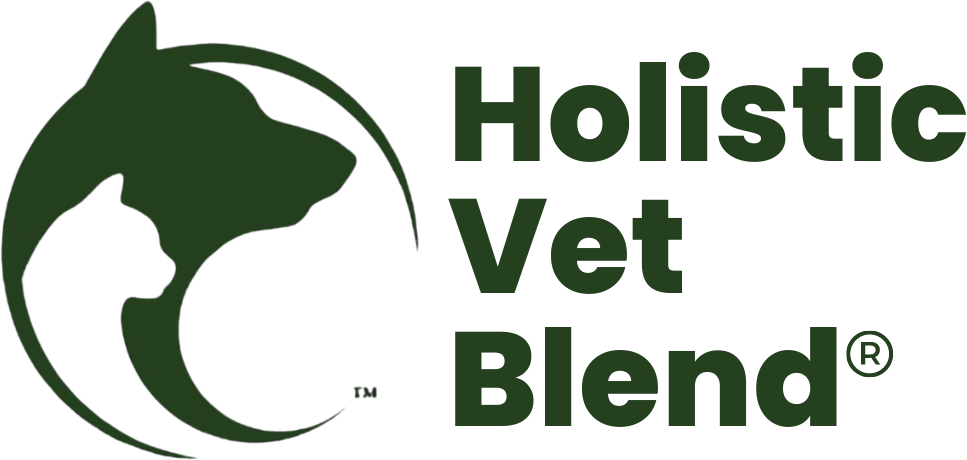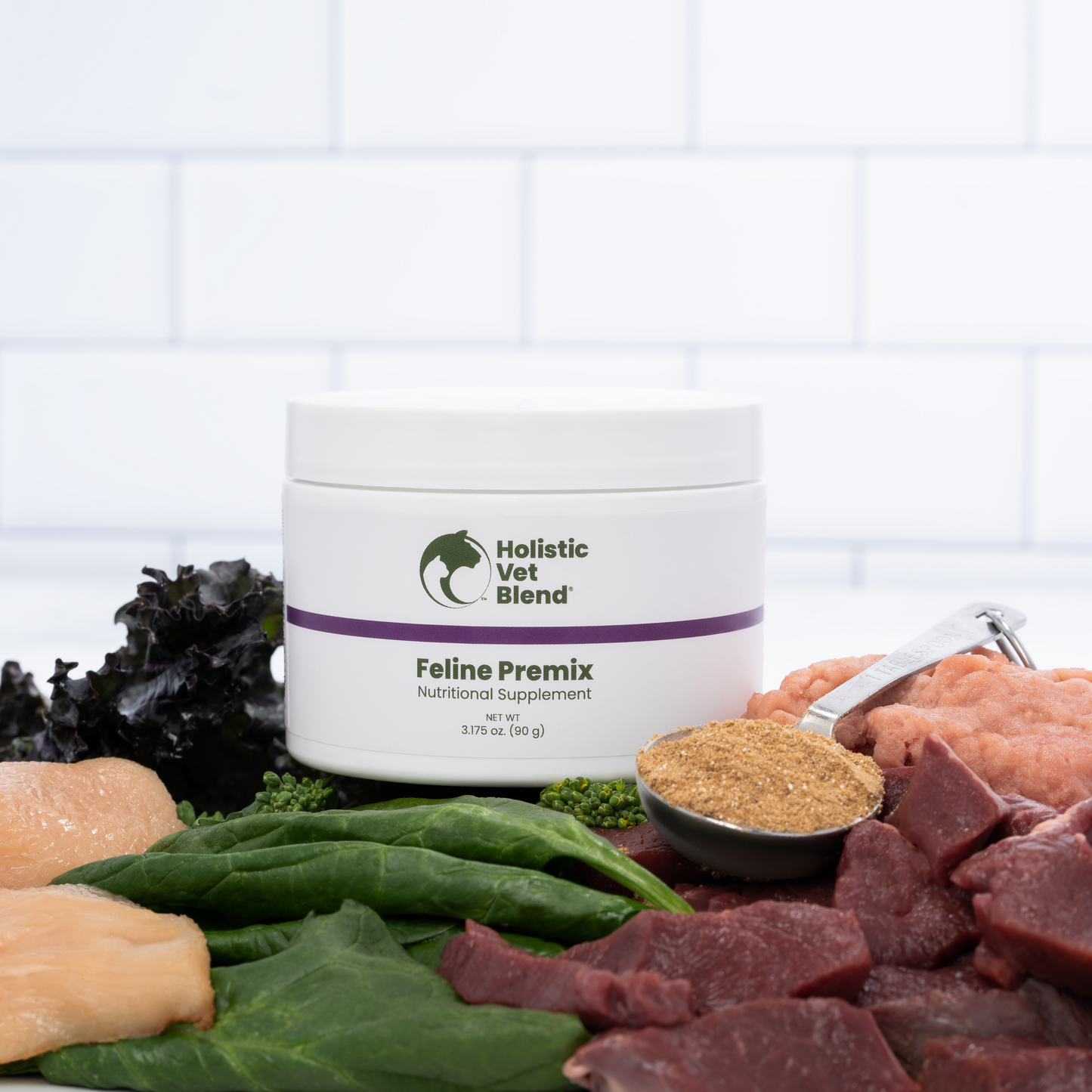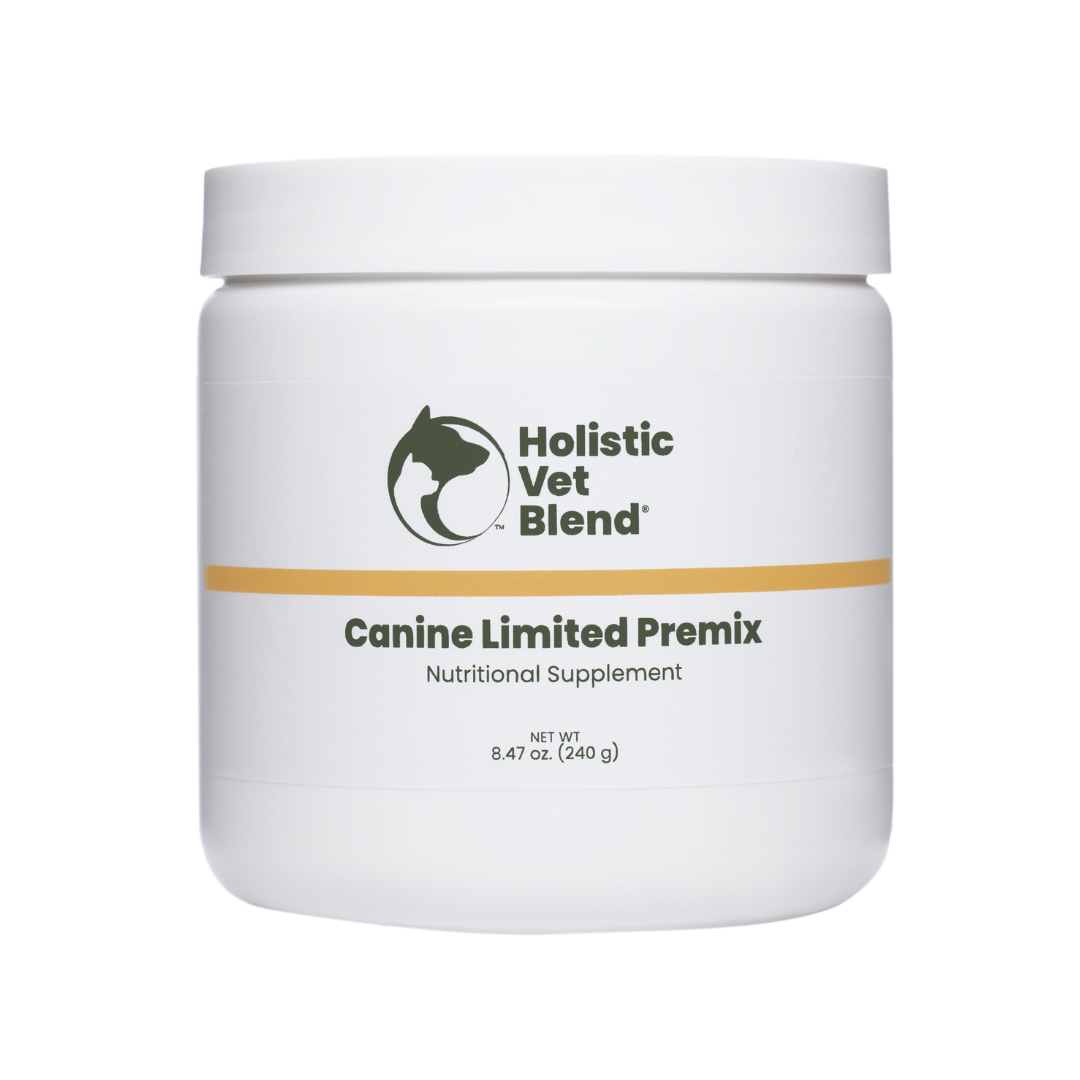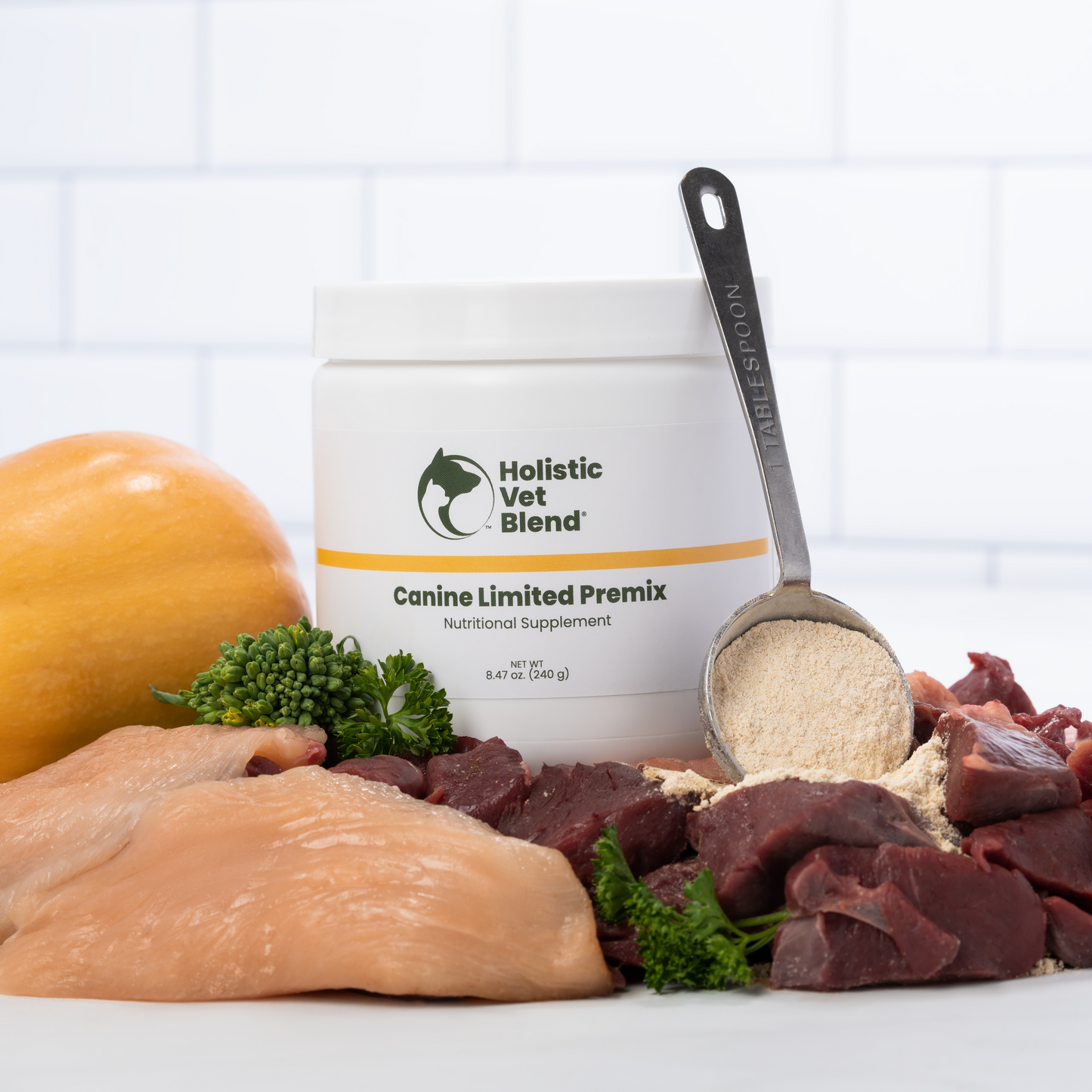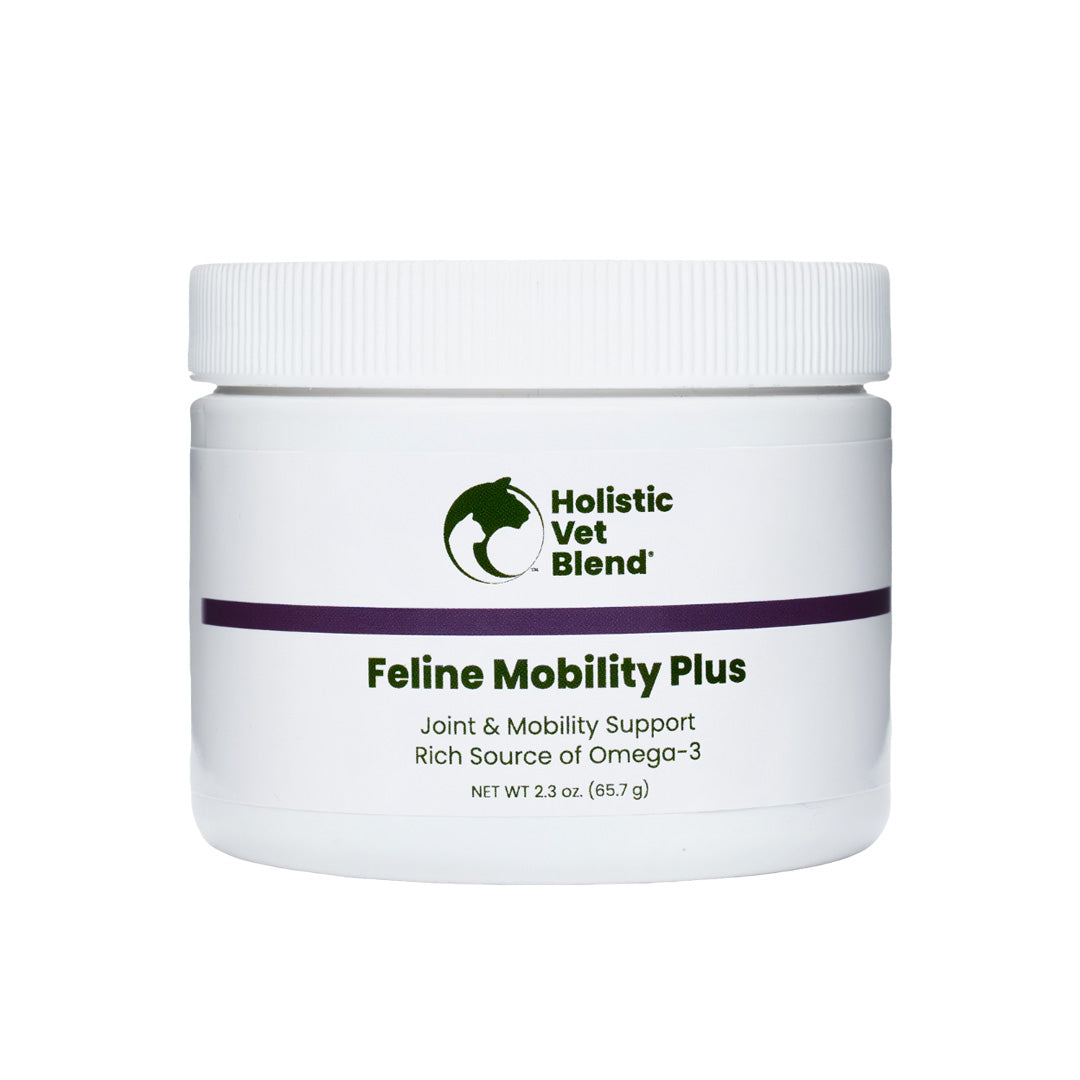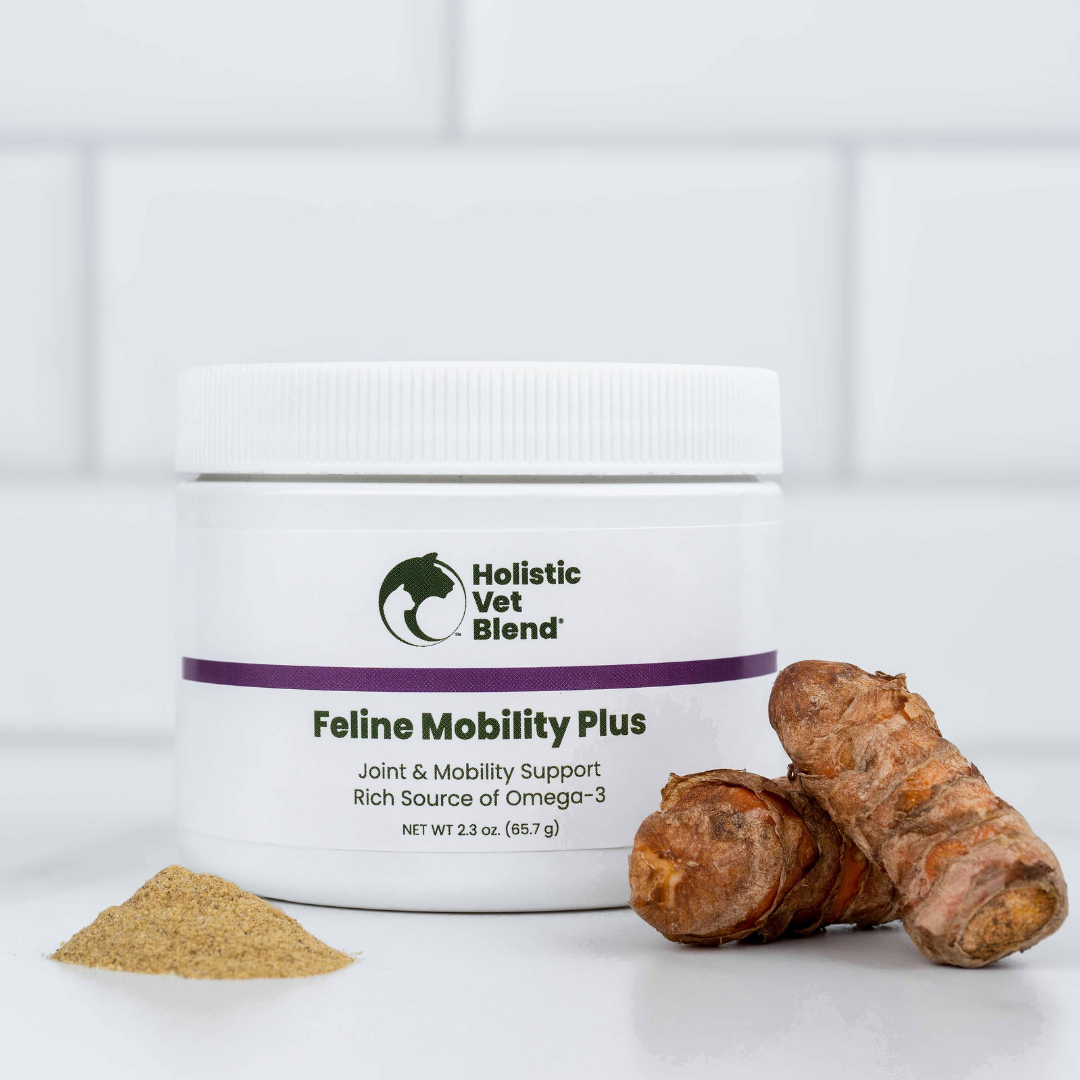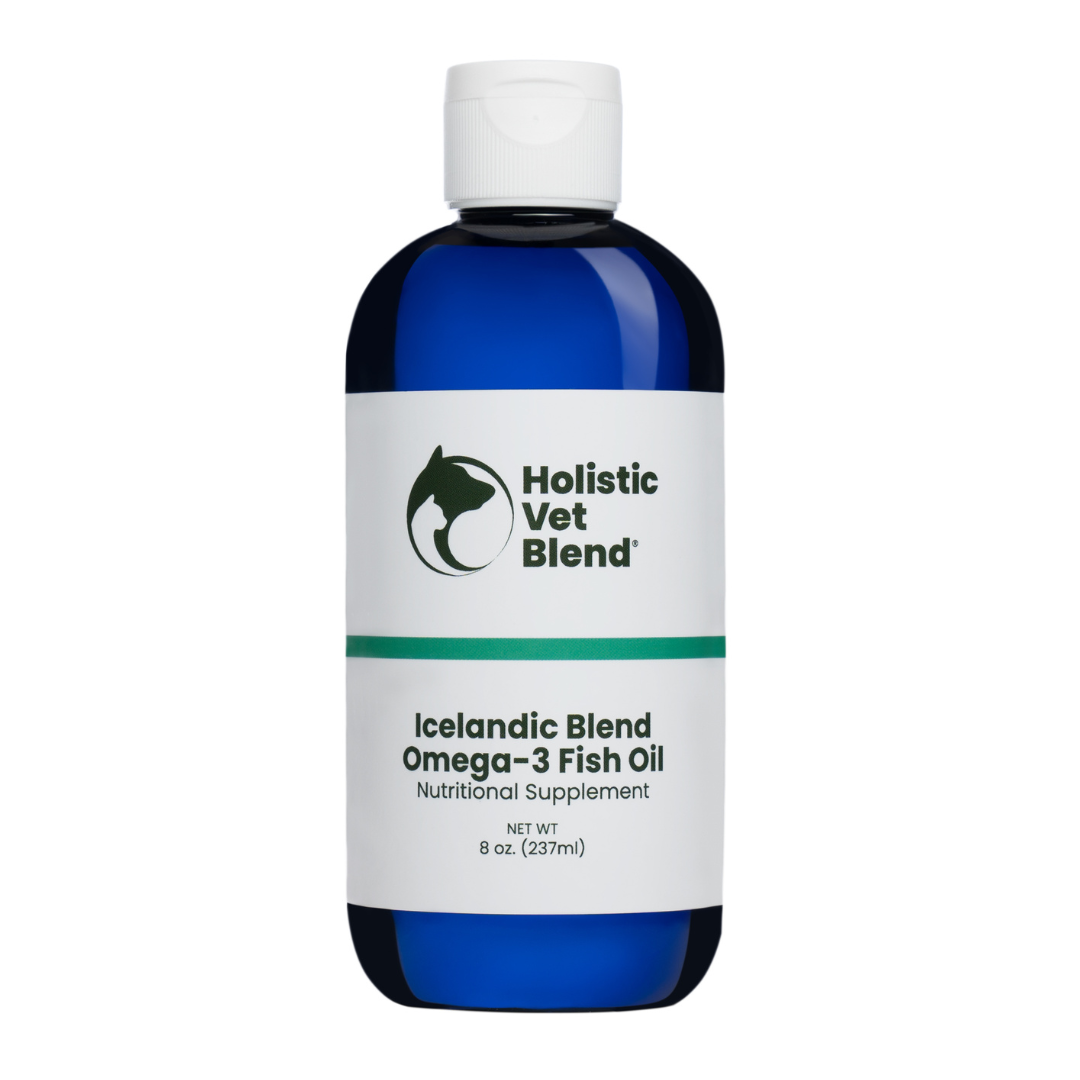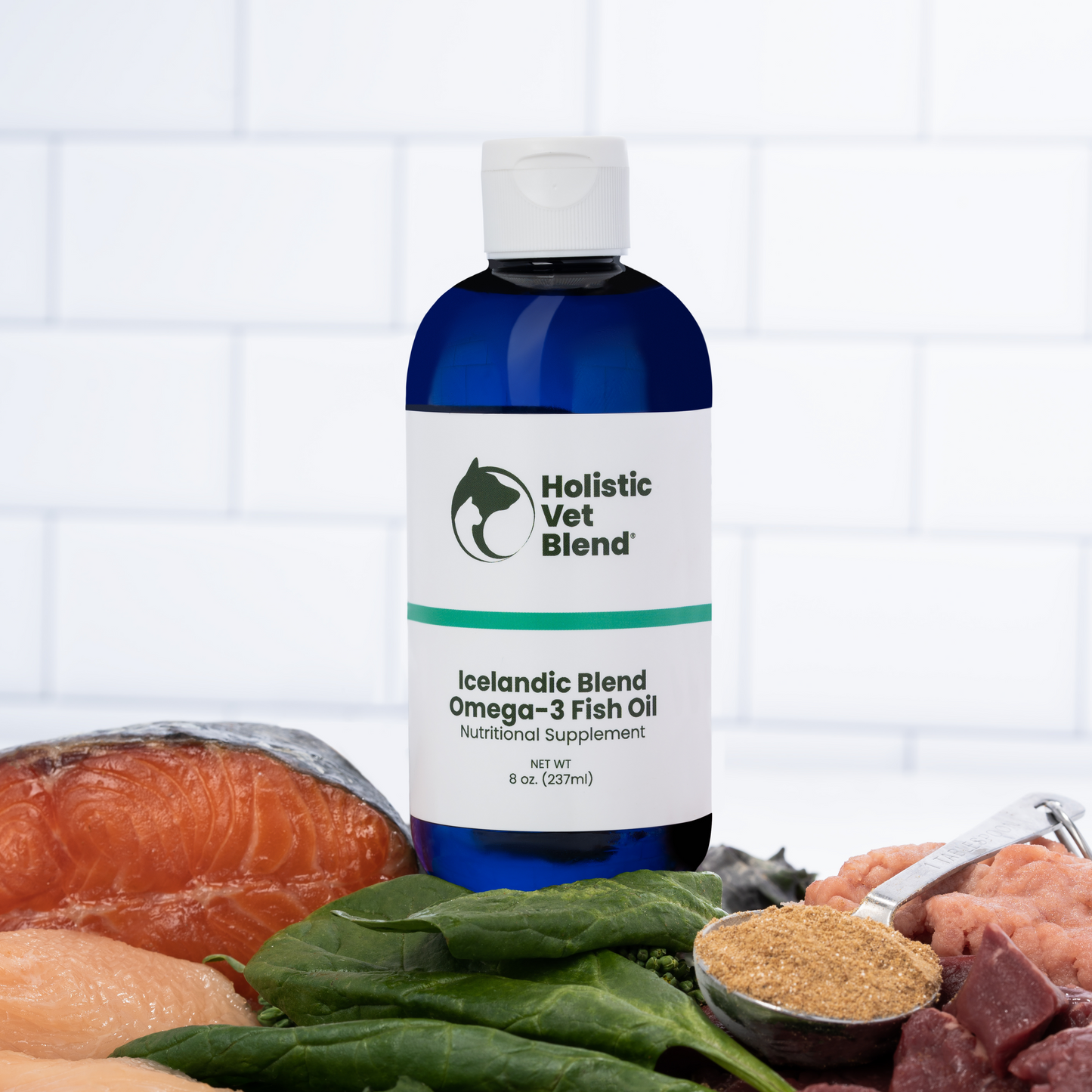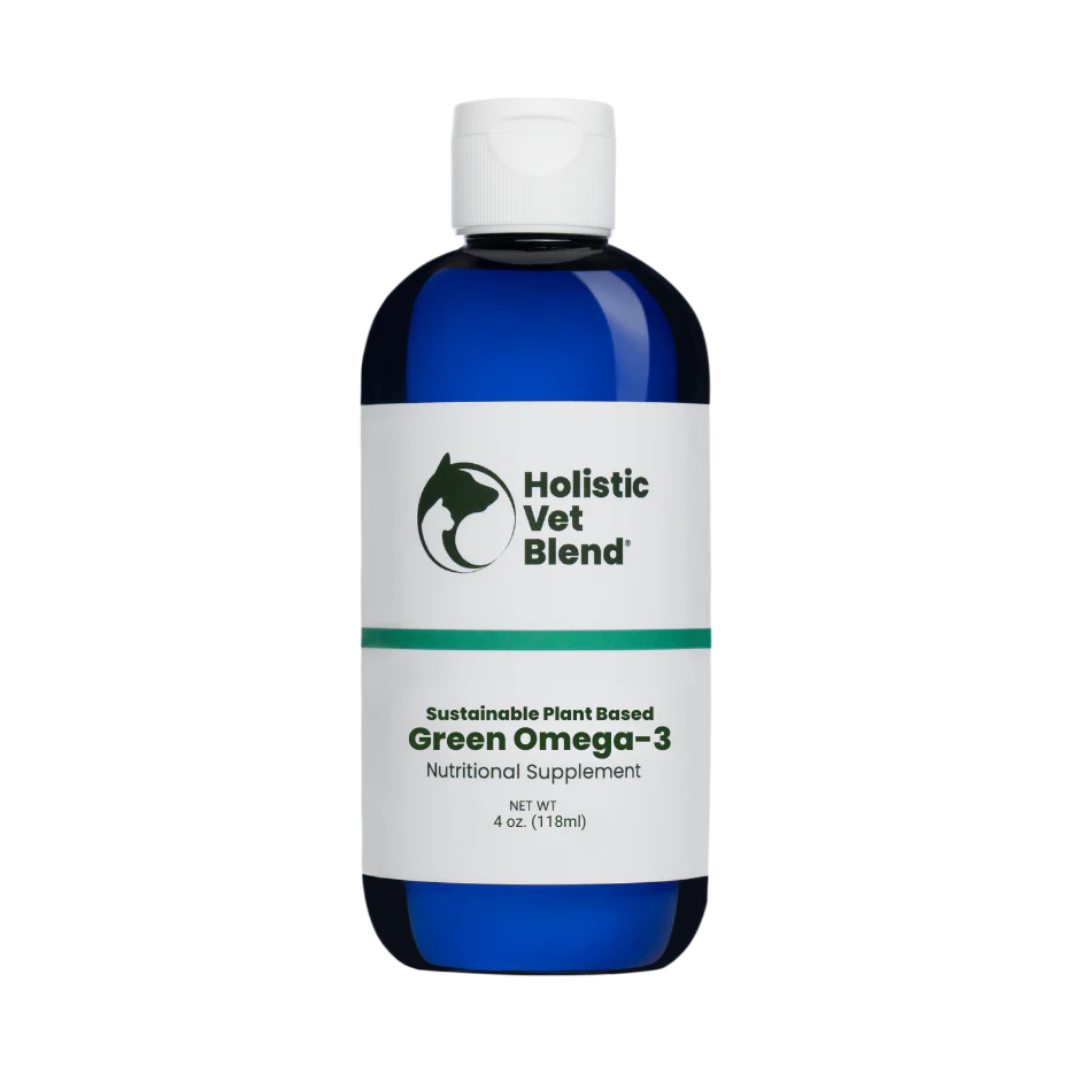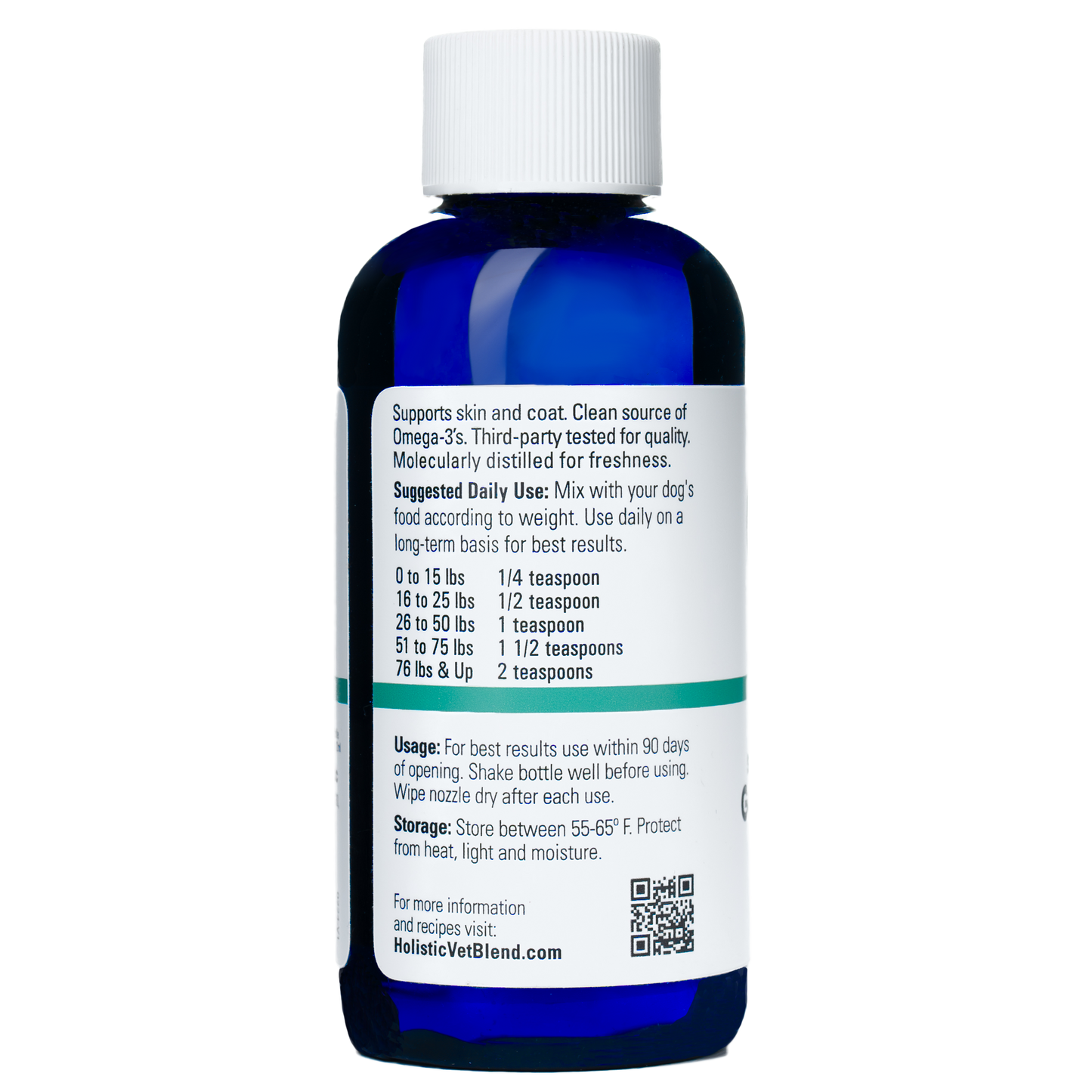
Key Highlights
- Understanding kibble: Kibble, or dry dog food, is formulated to meet your dog's nutritional needs, but its processing raises concerns.
- High-heat extrusion effects: Extreme temperatures harm the quality of ingredients in kibble, altering its nutrient content and creating inflammatory Advanced Glycation End products
- Synthetic additives: Kibble relies on preservatives and artificial additives to improve palatability, affecting its health impact.
- Obesity risks: Kibble’s low moisture and high caloric density -starch composition have been linked to increased obesity in pets.
- Advanced Glycation End-products (AGEs): Common in kibble, AGEs contribute to chronic health issues such as arthritis and diabetes in pets.
- Diet shift benefits: Switching to fresh diets significantly reduces obesity, chronic diseases, and vet costs for pets.
Introduction
Kibble—known as dry dog food—is a staple in many pet households. It's convenient, shelf-stable, and often marketed as complete nutrition. But as more pet owners focus on long-term health and disease prevention, questions are rising about what’s really inside that bag. How is kibble made? What happens to its nutrients during processing? And could it be contributing to rising rates of obesity and chronic illness in pets? If you’ve ever wondered whether kibble is the healthiest option for your dog, this blog is for you!
The Kibble-Ultraprocessed Food Connection
Kibble is a classic example of an ultraprocessed food—just like many of the packaged, high-heat, additive-filled items we see in the human food aisle. It’s made using a method called extrusion, where ingredients are cooked at extreme temperatures, reshaping the food and stripping away nutrients. To meet shelf-life and flavor demands, synthetic additives are then added in. The result? A calorie-dense, nutrient-compromised product.
Mounting research shows strong parallels between the effects of ultraprocessed food on humans and pets. In both cases, these diets are linked to obesity, insulin resistance, and chronic disease. As pet parents become more aware of what goes into their dog’s bowl, many are starting to question whether kibble is contributing to the rise in long-term health issues.
How High-Heat Extrusion Affects Pet Food Quality
Kibble is made using a high-heat process called extrusion, where ingredients are cooked at temperatures between 260–300°F to form uniform pellets. While this method helps with mass production and shelf stability, it comes at a nutritional cost. High heat alters the structure of proteins, making them harder for your dog to digest and absorb.
It also destroys delicate nutrients like vitamins, enzymes, and probiotics—key players in digestion, skin health, and immune support. So even if a kibble label says "complete and balanced," the actual nutrient value may fall short.
Over time, feeding food processed this way can lead to chronic inflammation, fatigue, and a weakened immune system in pets. That’s why more pet owners are shifting toward gently cooked or fresh diets that preserve nutrient integrity. It’s worth asking: is the way your dog’s food is made supporting their long-term health—or working against it?
The Role of Synthetic Additives in Kibble
Dry dog food recipes often contains synthetic preservatives, artificial vitamins, and lab-made flavor enhancers. These ingredients help extend shelf life and improve taste, but they can also come at a cost to your pet’s health.
One major concern? Palatants. These are artificial flavor agents sprayed onto kibble after it’s cooked. Their job is to make the food irresistible—even if the ingredients underneath aren’t all that nutritious. Think of them like the MSG of the pet food world: they mask blandness, encourage overeating, and can condition your dog to crave more than they need.
Many kibble brands use palatants to boost appeal because the extrusion process removes much of the food’s natural smell and flavor. Additives like these can hide that essential nutrients have been damaged or lost during production. Over time, this hyperpalatable, calorie-dense food may contribute to weight gain, inflammation, and long-term health issues.
If you want to nourish your pet rather than just fill their bowl, look for foods with minimal processing, clearly listed ingredients, and no hidden flavor chemicals. Or better yet, consider transitioning to a fresh, whole-food diet made with real, recognizable ingredients—because your dog deserves more than a diet that’s engineered to trick their taste buds.
Impact of Processing on Nutrient Integrity
Processing methods, such as heating and extrusion, have a big effect on the nutrient value in dry food. When the food is cooked, proteins and carbs change in ways that can make them harder to digest for dogs. Some essential nutrients, like fatty acids for healthy skin and probiotics for good digestion, get damaged or oxidized, contributing to inflammation.
These changes also make it harder for dogs to take in vitamins and minerals from the dry food. So, dogs often get less nutrition than you might think, which can lead to them being less healthy over time. Their health and energy can go down because of this.
If you compare fresh diets to traditional dry food, you can see a big difference. Fresh food has more healthy nutrients because it is less processed. This can help your pet get better defense against sickness and have a healthier life. Have you thought about moving to a diet that keeps more nutrients for your pet’s health?
The Health Implications of Kibble on Pets
Multiple studies now confirm what many holistic pet owners have suspected for years: kibble, while convenient, may be contributing to chronic health issues in pets. Research has shown that dogs fed high-starch, extruded dry food are more likely to be overweight or obese—conditions closely tied to inflammation, diabetes, and shortened lifespans. In contrast, dogs on fresh or raw diets tend to maintain healthier body weights and show fewer signs of chronic disease.
One recent study compared dogs fed kibble with those eating a minimally processed, dehydrated diet. The fresh-fed dogs had lower blood glucose, triglycerides, and cholesterol—along with stronger immune markers and less systemic inflammation. They also digested nutrients more efficiently and had higher antioxidant activity, pointing to overall improved metabolic health. These findings suggest that the way a pet’s food is made—not just what’s in it—can have a major impact on their well-being.
As more pet owners prioritize preventive care, the shift toward fresh, whole-food diets continues to grow. The evidence is clear: reducing highly processed foods and opting for gently prepared meals can lead to better weight control, enhanced immunity, and a lower risk of chronic illness. For anyone wondering whether their pet’s food might be doing more harm than good, science now supports making a change.
Link Between Kibble and Increased Obesity in Pets
Multiple lines of evidence—from surveys and reviews—connect kibble consumption with increased obesity in dogs. The combination of high-carb density, low satiety, and enhanced flavor makes dry food a significant driver of weight gain.
Kibble is linked with more cases of pet obesity because of how it is made. Most kibble is full of carbs. On average, kibble has about 46% carbs, while fresh foods have around 15%. That means pets get more calories from kibble. This leads to weight gain. At the same time, kibble does not have much fiber or moisture. So, pets do not feel full for long after eating it.
Kibble also uses strong flavor and texture boosters. These make it taste so good that pets cannot stop eating, even when they have had enough. The flavor tricks their body and mind, making them eat more than needed. Plus, the food has very little water in it. Pets can keep eating but do not really feel satisfied, leading them to eat too much over time.
If you want to cut down the risk of obesity in your pet, try switching to a fresh diet or take a combination approach. Fresh food has more protein, fiber, and moisture. This helps your pet eat the right amount and maintain a healthy weight. Now is a good time to ask: Is your dog’s kibble adding too many calories to their diet?
How Kibble Contributes to Chronic Diseases in Pets
Chronic illnesses like diabetes, arthritis, and heart disease can often be linked to eating kibble or dry food. The heavy starch in dry food causes a big rise in blood sugar. Over time, this makes diabetes more likely. Dry food also has extra additives. Some of these can make swelling and pain in joints worse in pets with arthritis.
There are also things called Advanced Glycation End-products, or AGEs, in kibble and dry food. They come from high heat used during processing. AGEs can harm your pet's body by causing damage from oxidation. This can hurt organs like the liver, kidneys, and heart. Pets who eat a lot of dry food and become overweight are at more risk for health problems.
Feeding your pet a fresh diet that uses balanced ingredients may help with these problems. Fresh foods usually have lower AGEs, less starch, and lots of good nutrients. All this can help your pet stay healthier and fight off long-lasting diseases. Maybe now is the best time to think about what your pet eats and make changes if needed.
The Science of Advanced Glycation End-products (AGEs)
Advanced glycation end-products, or AGEs, are harmful compounds that form when sugars react with proteins or fats, especially during high-heat cooking processes like those used to make kibble. These reactions create oxidative stress in the body, contributing to inflammation, aging, and chronic disease in dogs.
High levels of AGEs have been linked to skin issues, joint problems, and reduced beneficial effects of nutrients like fatty acids in dry food. By understanding the role AGEs play in long-term health, pet owners can make more informed choices. Opting for diets that are gently cooked or minimally processed helps reduce AGE exposure, supporting healthier skin, better digestion, and overall wellness, especially for growing puppies and aging pets alike.
Understanding How AGEs Form in Kibble
AGEs, or advanced glycation end-products, form when proteins and carbohydrates are exposed to high heat—a process known as the Maillard reaction. It’s the same browning effect you see when roasting marshmallows or searing meat. While it may enhance flavor and appearance, it also creates harmful compounds that slowly damage your pet’s cells over time.
Studies show that pets fed kibble over wet food have two to three times more AGEs in their urine compared to those on raw or minimally processed diets. These compounds accumulate in the body, harming joints, blood vessels, and internal organs—and increasing the risk of chronic conditions like arthritis and kidney disease. The low moisture content of kibble only speeds up this process, making it even harder for the body to flush out these toxins.
Feeding fresh, gently cooked food can significantly reduce AGE formation, helping preserve nutrients and support your pet’s long-term health. If you’re looking to lower inflammation and protect against disease, switching to a fresh diet may be one of the most impactful steps you can take.
The Health Risks Associated with High AGEs in Pets
Once inside the body, AGEs create oxidative stress and chronic inflammation, which can damage tissues over time and contribute to developing chronic health conditions. In dogs, high AGE intake has been linked to increased risks of arthritis, kidney disease, and cardiovascular problems. Studies show that dogs consuming kibble can absorb up to 122 times more AGEs per pound of body weight than adult humans on a Western diet. This extreme exposure overwhelms their detox systems and accelerates age-related degeneration.
Feeding a fresh or minimally processed diet significantly reduces AGE levels in the body, leading to improved immune markers, better organ health, and reduced inflammation. In short, minimizing AGEs in your pet’s diet isn’t just a trend—it’s a science-backed step toward long-term health and disease prevention.
Comparing Human and Pet Diet Trends
There are many similarities between debates about what people eat and what we feed our pets. In both cases, ultraprocessed foods are a big part of daily choices. These foods can lead to obesity and health issues over time. Kibble is still used a lot for pets, mostly because it is quick and easy, but more people are starting to worry about how healthy it really is.
The way people choose whole foods for their own meals is starting to show up in what they give their pets too. More studies now show that fresh and nutrient-rich foods can help pets feel better. Many pet owners say they notice better coats, higher energy, and improved health after making a change. Which of these trends do you think fits best with the way you like to feed your pets?
Parallels Between Human UPFs and Pet Kibble
Ultraprocessed foods (UPFs) for humans have a lot in common with kibble for pets. Both are created using high-heat methods that strip away nutrients and rely on synthetic additives to enhance shelf life, texture, and flavor. While these processing techniques make the food convenient and palatable, they compromise its nutritional value.
UPFs in the human diet—like chips, sodas, and frozen meals—have been linked to weight gain, diabetes, and chronic inflammation. Similarly, pets that rely heavily on kibble are more likely to develop obesity, arthritis, digestive issues, and other long-term health problems. These foods are designed for convenience and taste, not for wellness.
The good news? Just as people feel better when they move toward fresh, whole foods, pets also thrive on diets made from real, minimally processed ingredients. Choosing a more natural, nutrient-rich option can support better health, energy, and longevity for both you and your pet. Are you ready to take that step together?
Consumer Trends Towards Healthier Whole-Food Diets
Pet owners are rethinking what they put in the bowl—and for good reason. Just as more people are choosing fresh, home-cooked meals over fast food, there’s a growing shift toward feeding pets whole-food diets made with real meat, vegetables, and wholesome grains. Kibble is no longer the default. Instead, more families are opting for minimally processed, nutrient-rich alternatives.
And the results speak for themselves: shinier coats, better energy, fewer vet visits, and healthier weights. Pet owners are noticing real improvements in their animals’ vitality, behavior, and long-term wellness. It's proof that when you focus on quality nutrition, your pet thrives.
This movement mirrors the rise of clean eating in human health—choosing foods that nourish the body, are not in plastic packaging, and tread more lightly on the planet. As awareness grows, so does the demand for pet food that’s not only convenient, but also fresh, safe, and biologically appropriate. If you’re curious whether a shift in your pet’s diet could create positive ripple effects in your home, now might be the perfect time to explore it.
Conclusion
Kibble and ultraprocessed human foods share more than just manufacturing methods—they share health consequences, too. With mounting research linking kibble to obesity, inflammation, and chronic disease in pets, it’s time to rethink what we feed them. Just as we’re becoming more mindful of what goes on our own plates, our pets deserve the same care and consideration.
By understanding the risks of high-heat processing and synthetic additives, you can make more informed choices that support your pet’s long-term health. A simple place to start? Swap one kibble meal a day for a fresh, vet-developed recipe for the next 30 days. Watch closely—you may be surprised by the changes in energy, digestion, coat health, and overall well-being. Small shifts can lead to big results.
What Makes Kibble Hyperpalatable and Its Effects?
Kibble is designed to be irresistibly tasty to pets, not by nature, but by design. Manufacturers coat it with artificial flavors and chemical additives known as palatants. These are engineered to trigger your dog’s pleasure centers, encouraging them to eat more than they need.
While that might sound harmless, this hyperpalatability can override your dog’s natural hunger cues. Over time, it can lead to overeating, weight gain, digestive issues, and even long-term metabolic problems. Reducing reliance on these ultra-flavored foods—and shifting toward real, minimally processed meals—can help your pet return to a more balanced, intuitive relationship with food.
Can Changing From Kibble to Fresh Diet Reduce Vet Costs?
Improving health markers, such as reduced obesity, inflammation, and metabolic strain can lead to less chronic disease which would naturally translate to fewer vet visits.
What Are the Signs of Poor Diet in Pets?
A low-quality or poorly balanced diet can affect your pet in noticeable ways. Common signs include a dull or flaky coat, low energy, frequent digestive issues like vomiting or diarrhea, and unexplained weight gain. Some pets may also seem lethargic or less enthusiastic during play or walks.
While these symptoms can stem from many causes, diet is often an overlooked factor. If you’re noticing changes in your pet’s appearance, behavior, or digestion, it may be time to take a closer look at what’s in their bowl. A few adjustments could make a meaningful difference in their overall well-being.
References
- Perry, L. M., Shmalberg, J., Tanprasertsuk, J., Massey, D., Honaker, R. W., & Jha, A. R. (2020, January 16). Risk factors associated with canine overweightness and obesity in an owner-reported survey [Preprint]. bioRxiv. https://doi.org/10.1101/2020.01.06.896399
- Forrest, R., Awawdeh, L., Esam, F., Pearson, M., & Waran, N. (2022). Potential Owner‑Related Risk Factors That May Contribute to Obesity in Companion Dogs in Aotearoa New Zealand. Animals, 12(3), 267. https://doi.org/10.3390/ani12030267
- Lund, E. M., Armstrong, P. J., Kirk, C. A., & Klausner, J. S. (2006). Prevalence and risk factors for obesity in adult dogs from private U.S. veterinary practices. International Journal of Applied Research in Veterinary Medicine, 4(2), 177–186.
- Pet Food Industry. (2025, June 17). Dehydrated natural dog food supported immune system, digestibility. Pet Food Industry. Retrieved from PetFoodIndustry.com
- Bridglalsingh, S., Archer‑Hartmann, S., Azadi, P., Barbier de la Serre, C., Remillard, R. L., Sunvold, G. D., & Bartges, J. W. (2024). Association of four differently processed diets with plasma and urine advanced glycation end products and serum soluble receptor for advanced glycation end products concentration in healthy dogs. Journal of Animal Physiology and Animal Nutrition, 108(3), 735–751. https://doi.org/10.1111/jpn.13927https://pmc.ncbi.nlm.nih.gov/articles/PMC9667973/?utm_source=chatgpt.com
